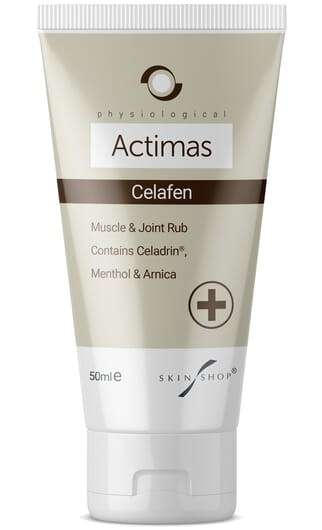How to reduce seasonal joint pain & muscle pain from Fibromyalgia
Seasonal changes are a time when fibromyalgia pain flares are often triggered more often and more intensely. The move from summer to winter is potentially the worst seasonal change for fibromyalgia sufferers and can lead to severe seasonal joint pain and muscle pain.
The sudden change to cold mornings and evenings but with still warm weather during the day plus frequent rain showers caused by low pressure weather systems can bring agony to joints and nerve endings that are sensitive to barometric fluctuations.
Here are 10 tips on how to reduce seaonal change fibromyalgia joint pain flares
-
Keep wearing sunglasses
Even though it might feel strange wearing sunglasses during autumn the lower level of the sun and the frequent changes from cloudy skies to suddenly bright sunshine can bring on a fibro linked headache.

-
Try not to turn the heating on too early
If you can wrap up more in the house to avoid turning on the central heating. Due to big fluctuations in temperature during autumn you can end up getting too hot and cause swelling if the heating get puts on too early and then the weather warms up a bit. Wait until its consistently cold before turning on the central heating.
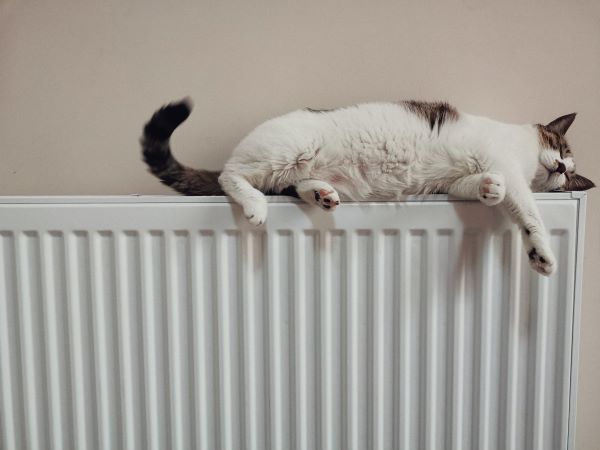
-
Do more mobility exercises on rainy days
Predict that rainy days in Autumn are likely to bring on additional joint pain so make a point of doing more regular mobility exercises during rainy days to try and prevent joints getting stuff and painful.
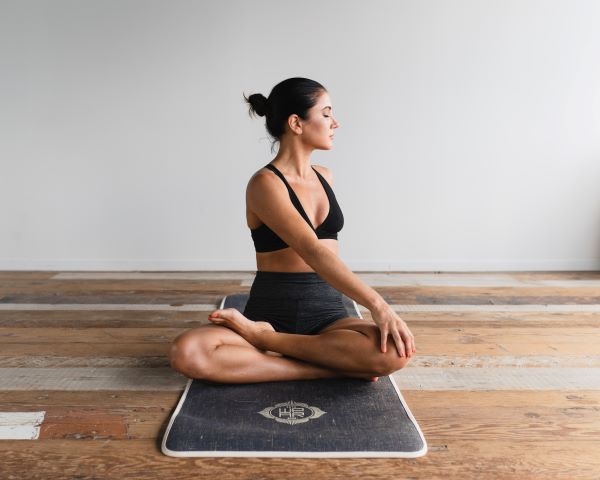
-
Get a de humidifier
Humidity is an enemy to most fibromyalgia sufferers and autumn is a prime time for heightened humidity. A de humidifier can really help pull that extra moisture from the air and not let is creep into your joints.
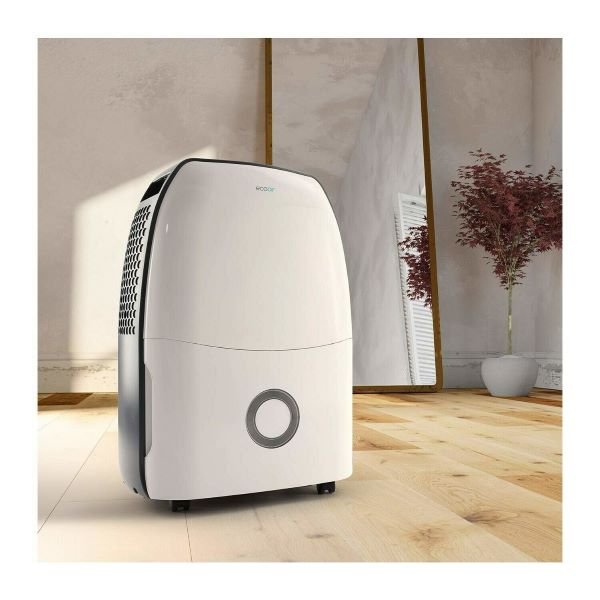
-
Purchase an electric blanket
As the evenings cool so do your sheets. Reduce the change from warm to cold when you get into bed by getting an electric blanket to take the chill off the bedsheets before you get in.
-
Use a second light duvet rather than extra blankets or throws
As the weather gets a little colder its natural to want to start putting more blankets on your bed, Just the weight of heavier blankets or throws on you at night can be enough to make skin feel rasped or pressurised. Using two summer duvets or a double winter duvet will keep you just as warm but put less pressure on your skin.
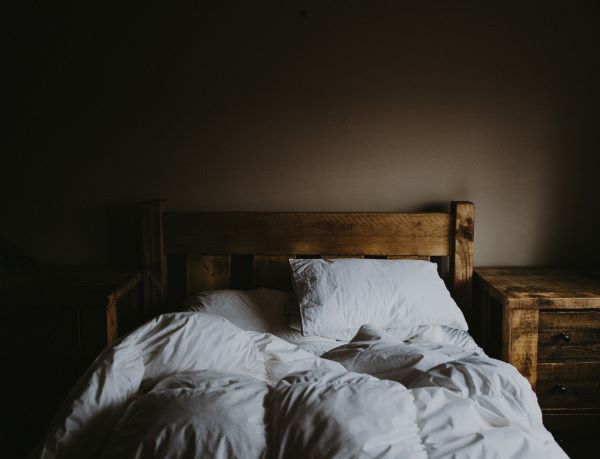
-
Put on your outdoor coat for 15 minutes before you leave the house
Pulling on an outdoor coat and then suddenly being in the cold weather outside can be a shock to sensitive joints and skin. If you put your outdoor coat on for a period of time to let the inside of the coat warm up before you leave the house this can limit the suddenness of the change in temperature between indoors and outside.

-
Start to wear gloves even though it’s not that cold
Due to the humidity and dampness of the Autumn your skin on your hands often gets damp and then if a wind is blowing this will make the skin cold, even if the rest of you is not that cold and weather is still mild. Wearing a thin pair of gloves can help avoid this damp chill on the hands which can cause pain flares in finger and hand joints.
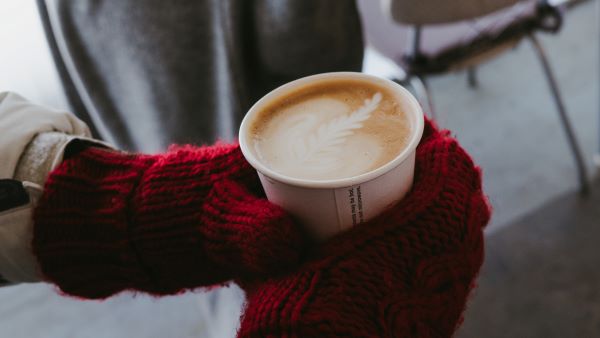
-
Be more aware of what time you leave the house
Even if you prefer to get out of the house in the early morning or for evenings walks, in Autumn try to wait if you can until around the middle of the day, this is when the weather is usually at its warmest and the sun at its highest. It will be less damp and cold and also you will get the most amount of vitamin D which is good for your bones and your immunity.

-
Use a daily preventative anti-inflammatory treatment
Prevention is key during the Autumn transition months. It’s better to predict that your pain levels may rise during this period and take action before they do. One of the biggest issues with constantly fluctuating temperatures and barometric pressure is swelling.
Begin using a daily non-medicated anti-inflammatory that you can use daily (without any negative side effects) on the areas where you know you are most likely to get swollen joints. In Autumn fingers, toes and knees are always common places where you start feeling the pain most.
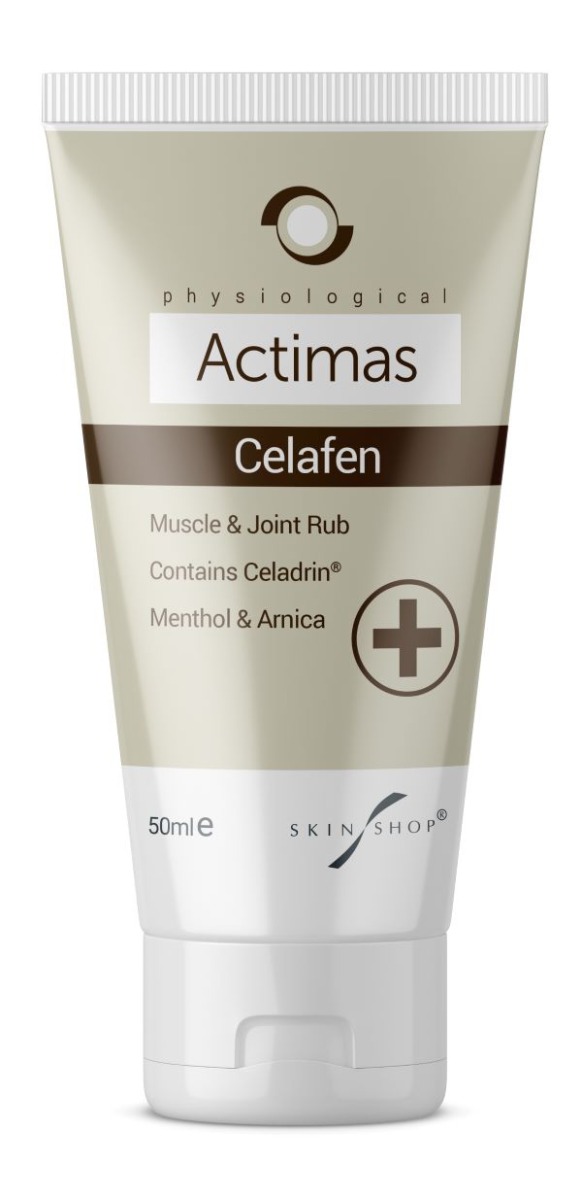
Try an effectuve alternative or complimentary treatment to standard painkillers to help reduce risk of stomach upset and reduce your reliance on painkillers, such as Celafen Joint Rub. Celafen is not a fibromyalgia cure but it is a drug-free treatment that can quickly ease the pain and swelling in joints without any negative side effects.
Celafen contains a unique clinically tested patented ingredient called Celadrin®, a special complex of esterified fatty acids (EFA’s). Celadrin® has been shown in published research to deliver effective pain relief to stiff, painful joints within just 30 minutes, making it 15% faster than conventional painkillers.
Celafen is a natural product that works by lubricating the cell membranes and repelling inflammatory chemicals responsible for the pain, stiffness and reduced mobility associated with various forms of joint pain. It can be used as much as is necessary without negative side effects.




